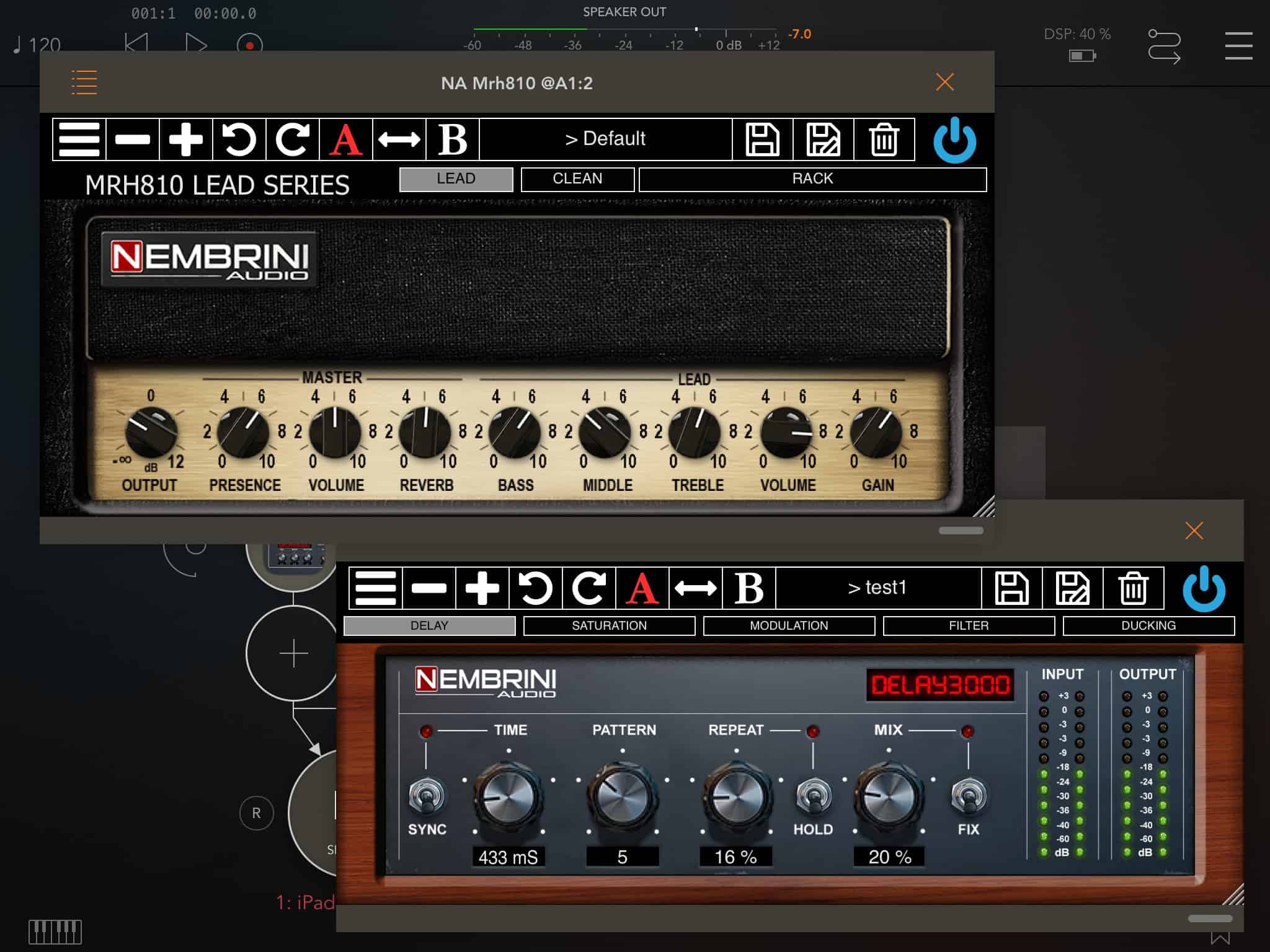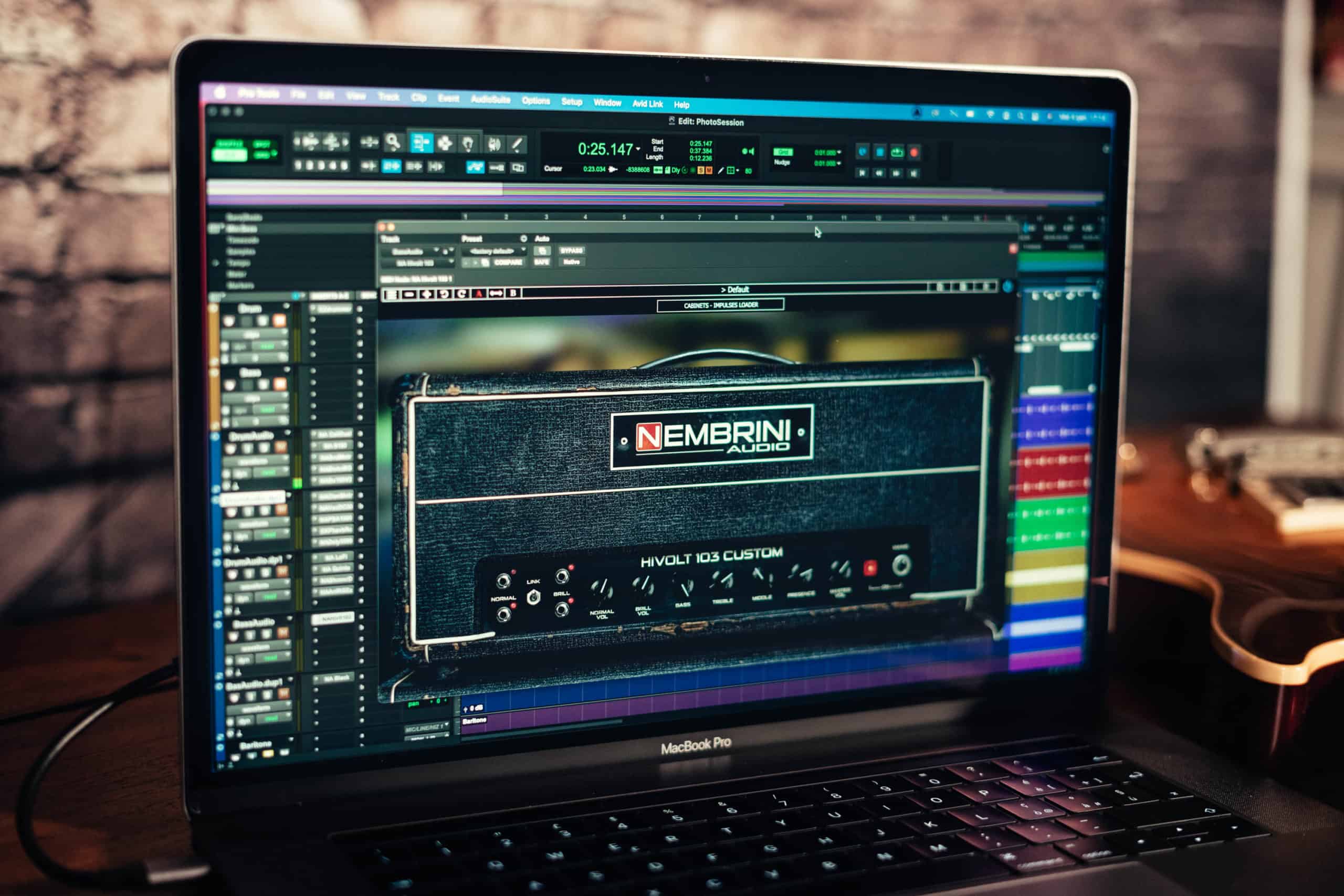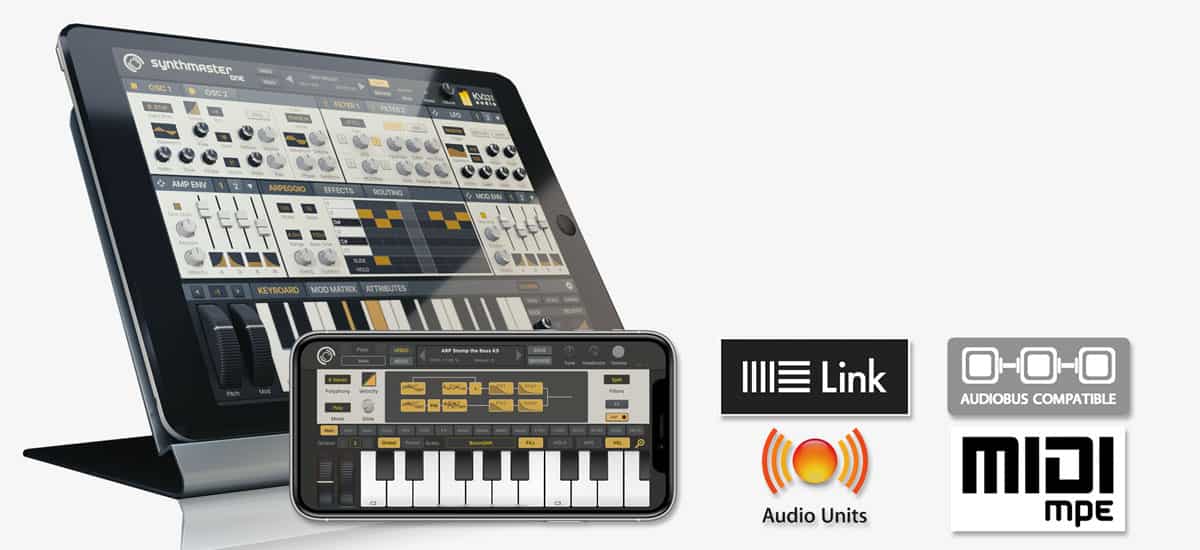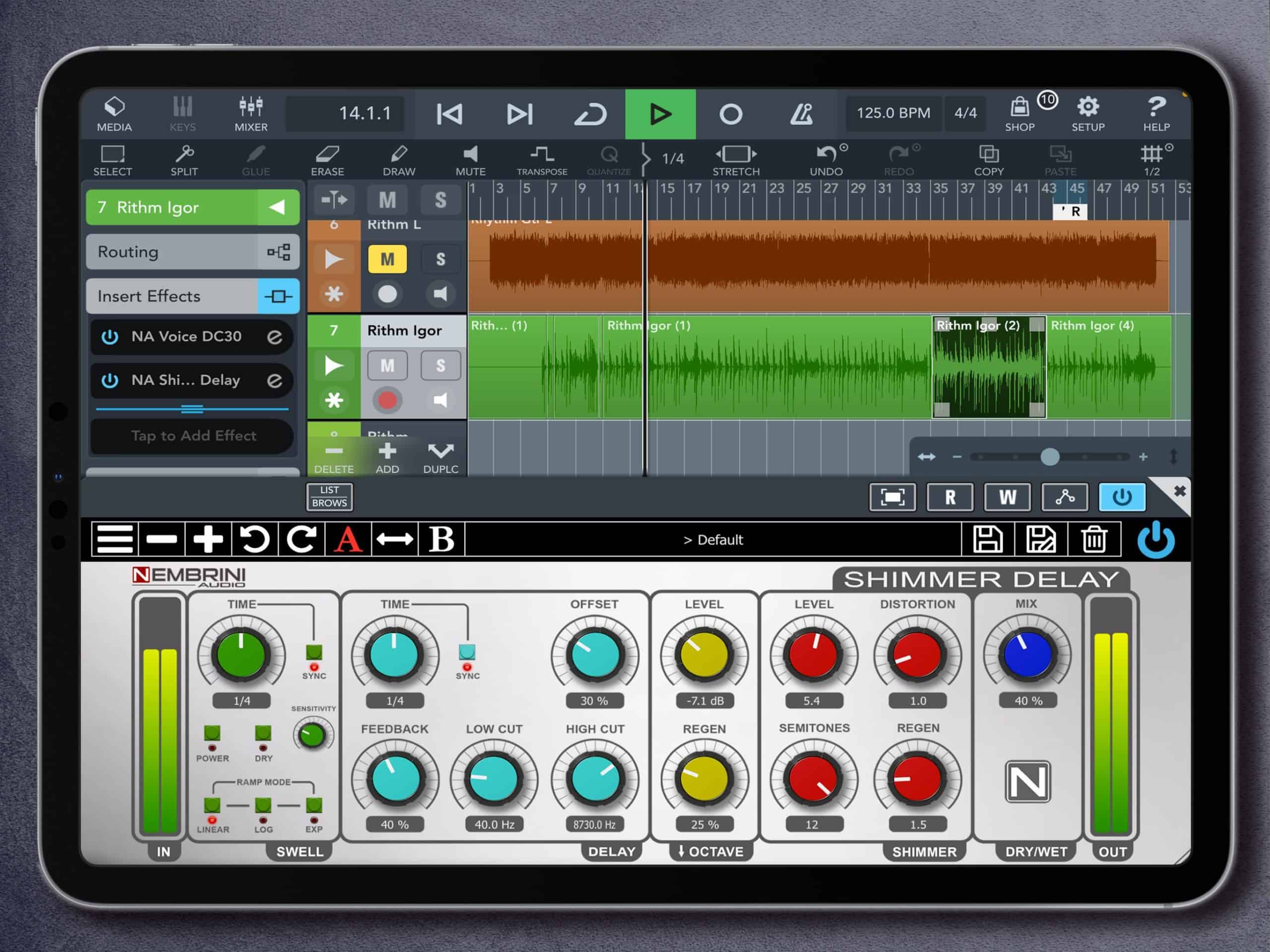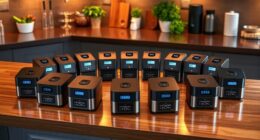Nembrini Audio Release Audio Unit AUv3 MRH810 Lead Series and Delay3000
Nembrini Audio Release Audio Unit AUv3: MRH810 Lead Series and Delay3000 Vintage Modern

Pricing and Availability
MRH810 Lead Series intro price just $9.99 (regular $19.99)
Delay3000 Vintage Modern intro price just $4.99 (regular $9.99)

